One of the important signs of a democratic system in society is the ability of people to defend their legal rights. For these, and also for many other purposes, citizens have the opportunity to create political parties and movements.
Political movement. What is it?
People who have their own beliefs create communities that are a voluntary meeting of people with common views and life guidelines. The so-called political movements are created thanks to civic initiative, membership in them is also absolutely voluntary. You can even say that it is not provided for at all - these organizations can include an unlimited number of supporters, their exact number is not taken into account by anyone. Payment of membership dues is also not provided, with the exception of voluntary donations for any specific purpose, for which the community was created. Absolutely any subject can be the motive for creating such organizations.
They may arise in order to protect their legal rights, national interests, and the environment. Representatives of national minorities often create their own organizations in order to preserve their cultural identity. Political movements are a fairly large concept. Today, there are several hundred, and possibly even thousands of such associations on various topics. As for their activities, it can also be very diverse. This is participation in rallies and pickets, collecting signatures in support of any initiative, holding environmental cleanups, social events, etc. The political nature of voluntary meetings of citizens is given by the fact that through their activities, people can influence the decisions made by the authorities.
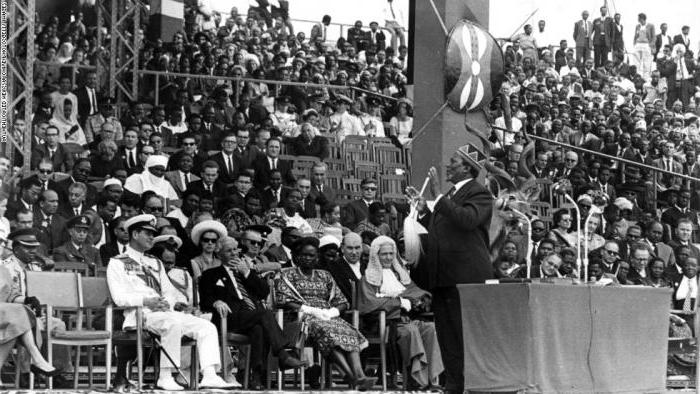
Political parties - what is it?
A political party is an organization whose main goal is the struggle for power. In democracies, power can be gained through democratic elections. Based on this, the party’s activity is reduced to attracting a larger number of electorate in order to gain the largest percentage of votes and go to local or state authorities. The science of political science subdivides such communities of people into two types - leadership parties and ideocratic parties. Leadership is created around a separate charismatic figure and exists on his personal ideas and views. Such parties arise with the leader, and with it fade away. An example is the National Bolshevik Party of Eduard Limonov or the Liberal Democratic Party of Vladimir Zhirinovsky. The ideological parties place ideology itself directly at the forefront, rather than a specific person. The leader of such a party may change, but this will not affect the community itself. For example, communist parties - the basis of their existence is the idea of building communism, but not a single person standing at the head. In Russia, the Communist Party of the Russian Federation can be considered such an example, which could well exist without its leader Gennady Zyuganov.
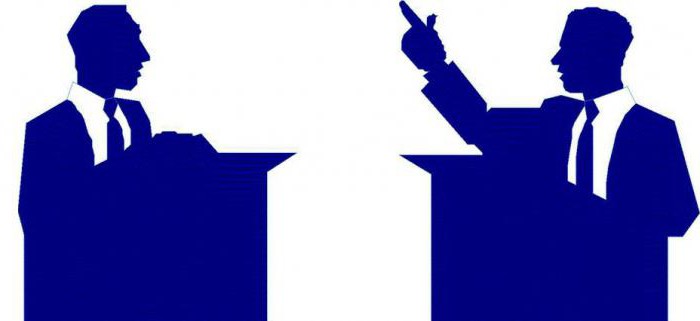
How are parties different from political movements?
Political parties and movements have many distinctive features. The party has a clear structure - central and regional offices. Membership is also strictly fixed - membership cards or any other documents that confirm the fact that a person is a member of this organization are issued. Payment of contributions is implied.Political movements do not have such signs, often they are spontaneous and it is difficult to name the exact number of members at a given time. A movement is created for the sake of a specific idea and goal or to influence the decision of politicians on a particular issue. The party - for the sake of participating in the elections, it is fighting for power.
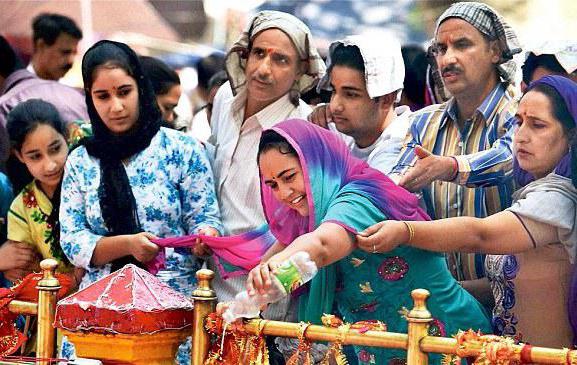
Religious Political Movements
Today, the church is officially separated from the state and does not exert influence on the authorities. Politicians make important decisions regardless of the opinion of the clergy. The clergy do not nominate for public office, do not join political parties. However, there are a large number of believers among voters, therefore, one way or another, the church to some extent influences the political life of the country. People create religious and political movements. The activities of such communities can also be diverse - this is the promotion of conservative ideas, holding events in support of traditional, moral values. People also create religious communities to preserve their cultural identity - for example, Muslim or Buddhist communities. Sometimes they are politically active on certain issues.
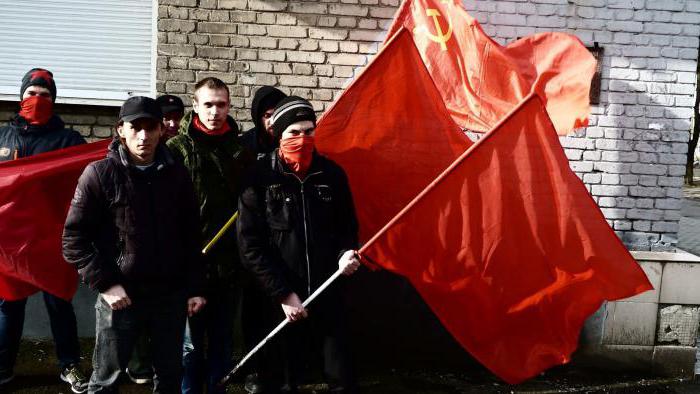
Political movements in Russia
In our country, a multi-party system is officially proclaimed, there are a large number of parties and other organizations. Youth political movements are quite common. In Russia, the largest can be called RSM (Russian Youth Union), the Young Guard, or SCM (Union of Communist Youth). Some youth movements are created on the basis of political parties and, in fact, are for them a “forge of cadres”.
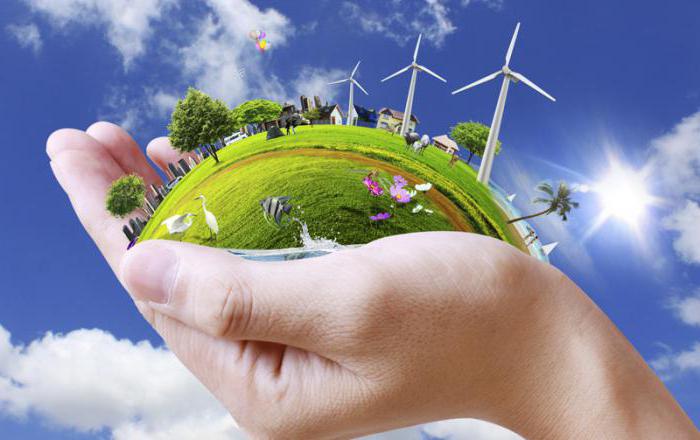
Political movements in the modern world
The modern political movement can be divided into pro-government and opposition communities. Those loyal to the government support the decisions of the government, while the opposition, on the contrary, criticize them. Political movements in the modern world influence to one degree or another on bodies of state power and local self-government.
